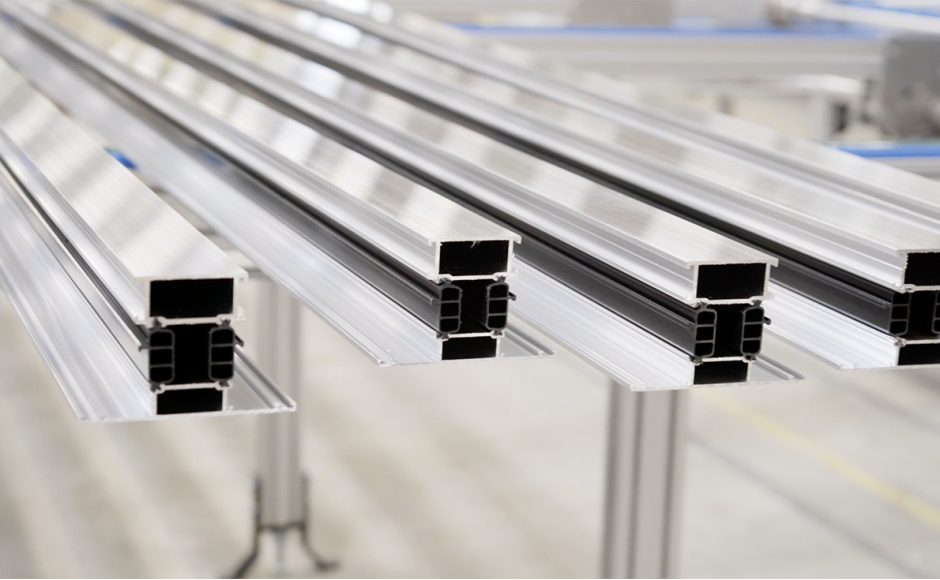“Pleasant!” When asked what temperature they'd like their home to be all year round, that's how many people respond. Everyone would like to be pleasantly warm in winter when it’s freezing cold outside, and pleasantly cool in summer even when temperatures outside rise to uncomfortable heights. The right choice of windows both the glazing and the profiles is very important to achieve that pleasant interior temperature.
Aluminium: many advantages, one downside
Window profiles come in all sizes and colours, and in many different materials. Wood, PVC and aluminium have been the most widely used for decades. Aluminium has many advantages: it’s resistant to rust and chemicals, it requires little maintenance, it's strong and thus unlikely to warp or shift, and it’s less vulnerable to break-ins. Moreover, aluminium comes in almost any colour, has a long service life, ensures good acoustic insulation and can be completely recycled.
Until a few decades ago, aluminium had one major disadvantage over wood and PVC: its limited thermal insulation. Its Uf value, which indicates the amount of heat that passes through a window profile, is simply too high. If your windows have standard aluminium profiles, your home may develop condensation, or even mould. Besides the resulting high repair costs, household mould also aggravates respiratory problems such as asthma.
Polyamide strips
That disadvantage has now been completely eliminated. In fact, thanks to the development of a new invention known as thermal break profiles, aluminium is at least as good as its competitors. In these profiles, produced with specialized machines such as the Aluroller EVO, a polyamide strip is placed between the inner and outer sections of the profile.
Polyamide is a plastic that insulates more than 500 times better than aluminium, so thermal break profiles have a much lower Uf value - and transmit much less heat or cold. As a result, your home stays warmer in winter, while keeping the heat outside more easily in summer.



Leave a comment